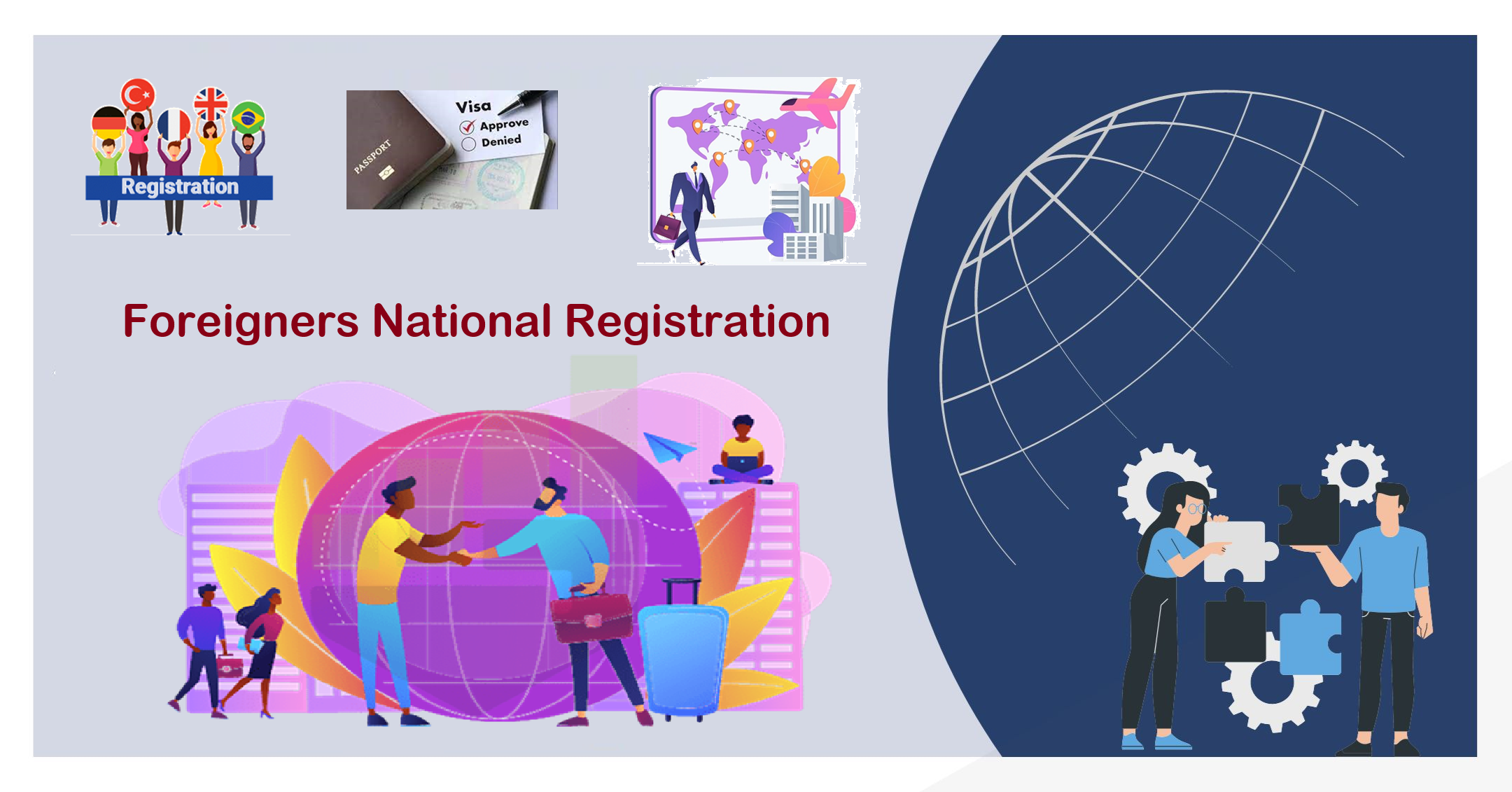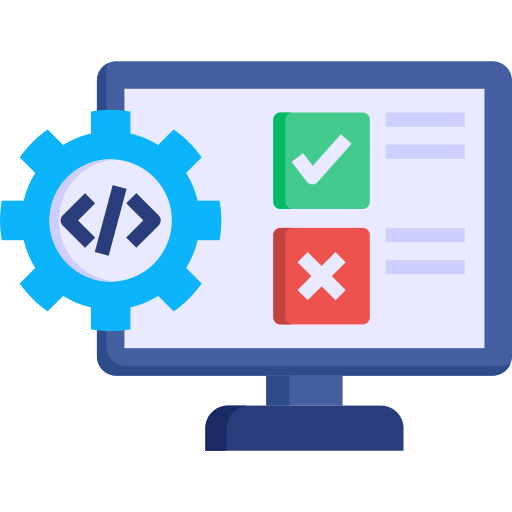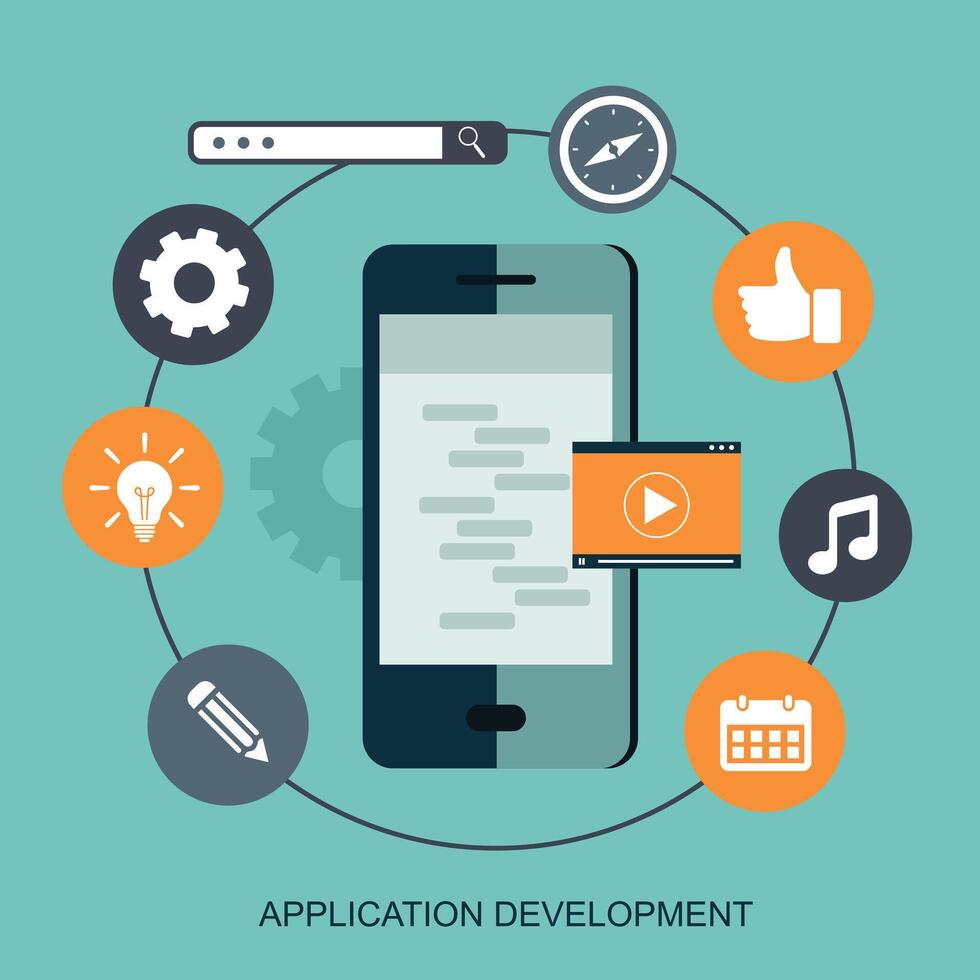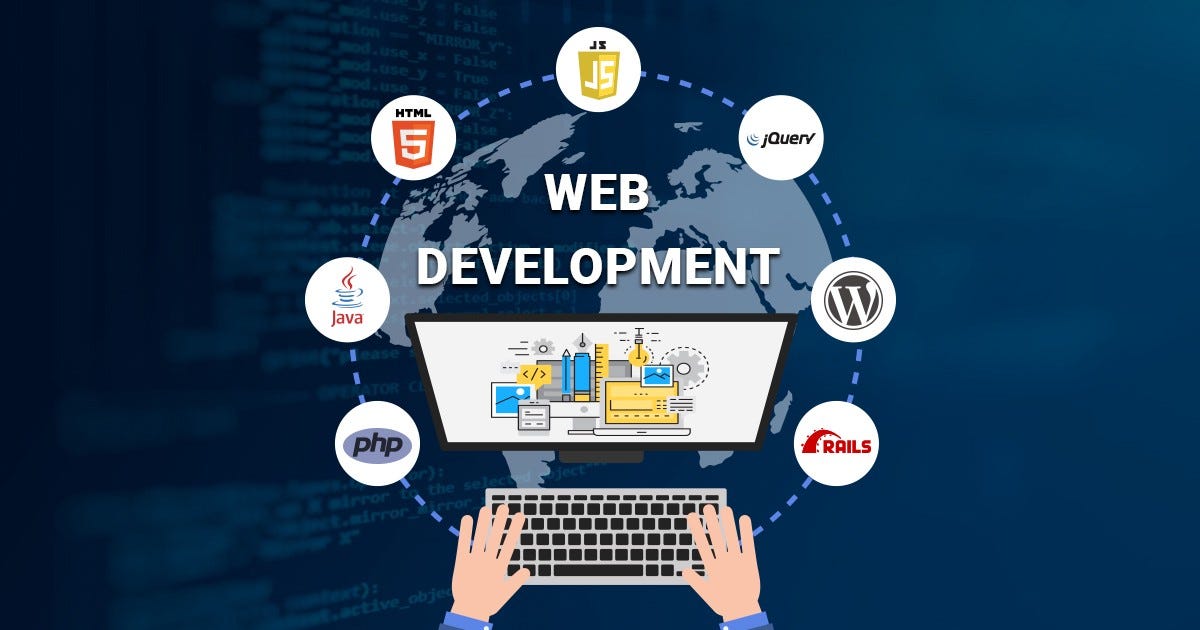A New Way to Accelerate Your AI Plans
Building artificial intelligence (AI) systems involves more than learning how to perform a specific task from data; it requires a strong data foundation and infrastructure architecture. This foundation, as my colleagues have said on this blog many times, assists organizations large and small as they scale the Ladder to AI.
As CDO of this great company, I spend a lot of time architecting data plans for our expansive global enterprise that spans 170 countries. As we grow, and as our data volumes grow, it was only natural that we would increasingly rely on the predictive, automated, and truly cognitive capabilities of AI to help manage and extract as much value from these volumes as we could. And we’re doing just that.
And we’re getting more recognized for it. In fact, a unique aspect of the CDO discipline is camaraderie, not only within an organization, but with peers in other organizations and across industries. A real yearning exists in this particular circle of CxOs to learn from those who are succeeding in particular areas. Call it a penchant for best-practices, or a collective response to the global imperative to better manage and mine this great new resource called data. Perhaps nowhere is this attitude more prevalent than at our bi-annual CDO Summits. These gatherings, which continue to grow in size, are busy with conversations, presentations, and meetings all about the best way to manage, exploit and secure our data.
Continuing in that spirit, I am excited to announce the formation of the AI Enterprise Accelerator, a collaborative cross-enterprise initiative that builds on IBM’s own internal AI transformation. This new service is designed to help data leaders ramp up quickly with solutions and processes that were used to spark our own successes here at IBM.
The Accelerator melds three critical components to accelerate the journey to becoming an AI enterprise:
The invaluable feedback garnered from Chief Data Officers (CDOs) at our CDO Summits and other industry events. At its core, this initiative is designed by CDOs, for CDOs;
IBM’s own experience across technology, data, organization, and business process transformation;
IBM’s extensive investments in AI, global deployment resources, and competencies to streamline and accelerate transformation.
The AI Enterprise Accelerator offers foundational models for clients to replicate. These models serve as examples of where and how AI-transformed business processes can generate value and zero in on these five topics:
Data strategy. We start with understanding the business strategy. Then, we create a data strategy that aligns AI and data resources accordingly. This is the compass for all future data-driven AI initiatives.
AI Enterprise Data Architecture. We illustrate a multi-cloud architecture and associated workflows that offer seamless integration and movement of data across AI and analytic workloads — the bedrock of an AI enterprise.
Automated Metadata Generation. We describe the value and know-how of generating metadata automatically using deep learning and natural language understanding, including the technical system specifications and business process workflow.
Data Privacy. We demonstrate the value in deploying AI resources and automation that address data privacy regulations, such as GDPR. Also included is a governance, security, communication and automation framework for current and future data privacy regulation compliance.
AI Applications, which include (but are not limited to):
AI Sales Enablement. A 360° view of clients with AI-powered seller recommendations used across the enterprise as the single truth for client insights, coupled with insights about products delivered through an AI-powered chatbot;
Contractual Insights. Use annotators and machine learning for proactive client contractual relationship and expansion management;
Risk Insights. Use AI to identify how natural and other disasters will impact your data centers and supply centers in real-time.
The AI Accelerator is now available through the IBM Chief Data Officer website. The Accelerator leverages IBM resources such as IBM Analytics University, IBM Design Thinking Workshops, and IBM Cloud and Cognitive Garages, located across the globe, to enable clients to replicate the above capabilities. Visit ibm.com/analytics/chief-data-officer to select your showcases for replication today.
29/7/2024
READ MORE >




















